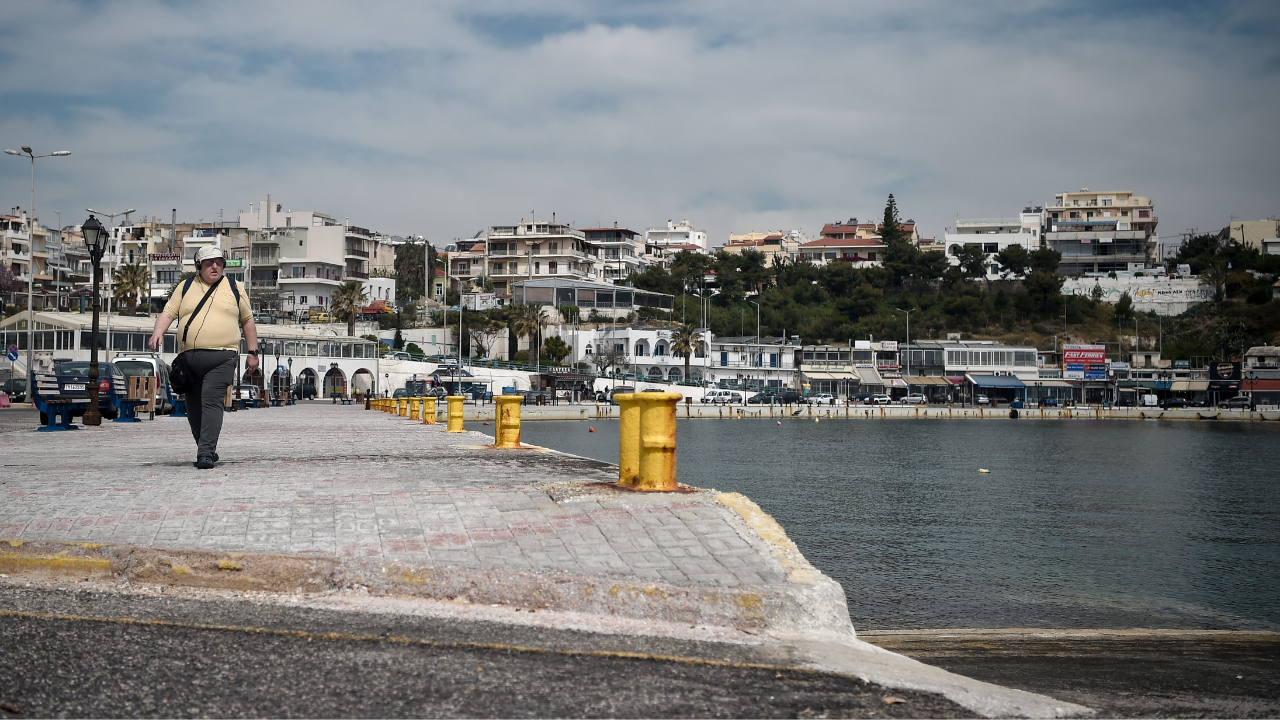G7 leaders agreed to give Ukraine a $50 billion loan
At the G7 summit in Italy, the member countries agreed on a plan to give Ukraine a $50 billion loan to help it buy weapons and begin to rebuild damaged infrastructure. The new loan comes at a crucial moment in the war, when Russia has the momentum on the battlefield.
The loan is expected to be repaid using interest earned on nearly $300 billion in frozen Russian assets, which are mostly in European banks. In our Opinion section, Janet Yellen, the U.S. Treasury secretary, explained how the loan will work.
President Biden also signed a 10-year security pact with Ukraine’s government, to show a long-term U.S. commitment to the country. It’s designed to be a bridge to Ukraine’s membership in NATO. Japan signed a 10-year security agreement with Ukraine as well, which included a pledge of $4.5 billion.
Separately, NATO’s defense chiefs gathered yesterday in Brussels to pledge additional weapons to Kyiv. They also met to prepare long-term military commitments to be announced next month at a summit in Washington. One boost for Ukraine: an agreement that Hungary would not contribute to the military alliance’s war effort — but also would not block it.
Biden’s angle: The security agreement is the president’s latest effort to persuade allies that the U.S. will continue backing Ukraine even if Donald Trump wins the presidency this fall. But the agreement could prove fleeting — it contains a provision that allows either side to terminate it with six months’ notice.
More on the G7: Most leaders arrived at the summit beleaguered, embattled or endangered. Many of them are facing elections that may weaken their positions. Read more about the summit.
U.S. Supreme Court upheld abortion pill access
The Supreme Court upheld broad access to mifepristone, a widely available abortion pill, rejecting a bid by anti-abortion organizations and doctors to unravel a U.S. regulator’s approval of the drug. The unanimous decision was a major loss for the anti-abortion movement, which is aggressively seeking an end to all abortion in the country.
The ruling means that access to medication abortion — by far the most common method used in the U.S. — will continue for now. But it does not change the fact that medication abortion remains restricted in the 14 states with near-total bans on abortion.
The numbers: More than 171,000 people traveled out of their states to get an abortion in 2023. This map shows where they went.
More Supreme Court news: Justice Clarence Thomas never disclosed three trips he took aboard the private jet of the Texas billionaire Harlan Crow, according to documents released by the Senate Judiciary Committee.
Scientists have struggled for decades to explain racial disparities in reproductive health in the U.S. Hair relaxers, which are widely used by Black women, may offer an answer: They contain many substances that are prohibited in other countries and have been linked to reproductive disorders and cancers.
Lives lived: Akira Endo, whose research paved the way for drugs that lower “bad” cholesterol, died at 90.
An ode to barbecuing and fatherhood
Gabriel Sanchez, a photo editor at The Times, watched his father work the fires at a storied Texas barbecue smokehouse. Sometimes, his dad’s nose was near-frostbitten after hours working in a subzero icebox. Or his hands were tinged by the flames, his clothes blackened with soot. When Gabriel grew up, his dad taught him how to barbecue, too.
“I realized my dad was never just teaching me about barbecue — he was showing me what it takes to be a good father,” Gabriel writes in an essay. “To learn how to cook barbecue is to learn how to accept failure as an opportunity for growth. And it goes without saying that the most essential ingredient for raising kids is patience.”






